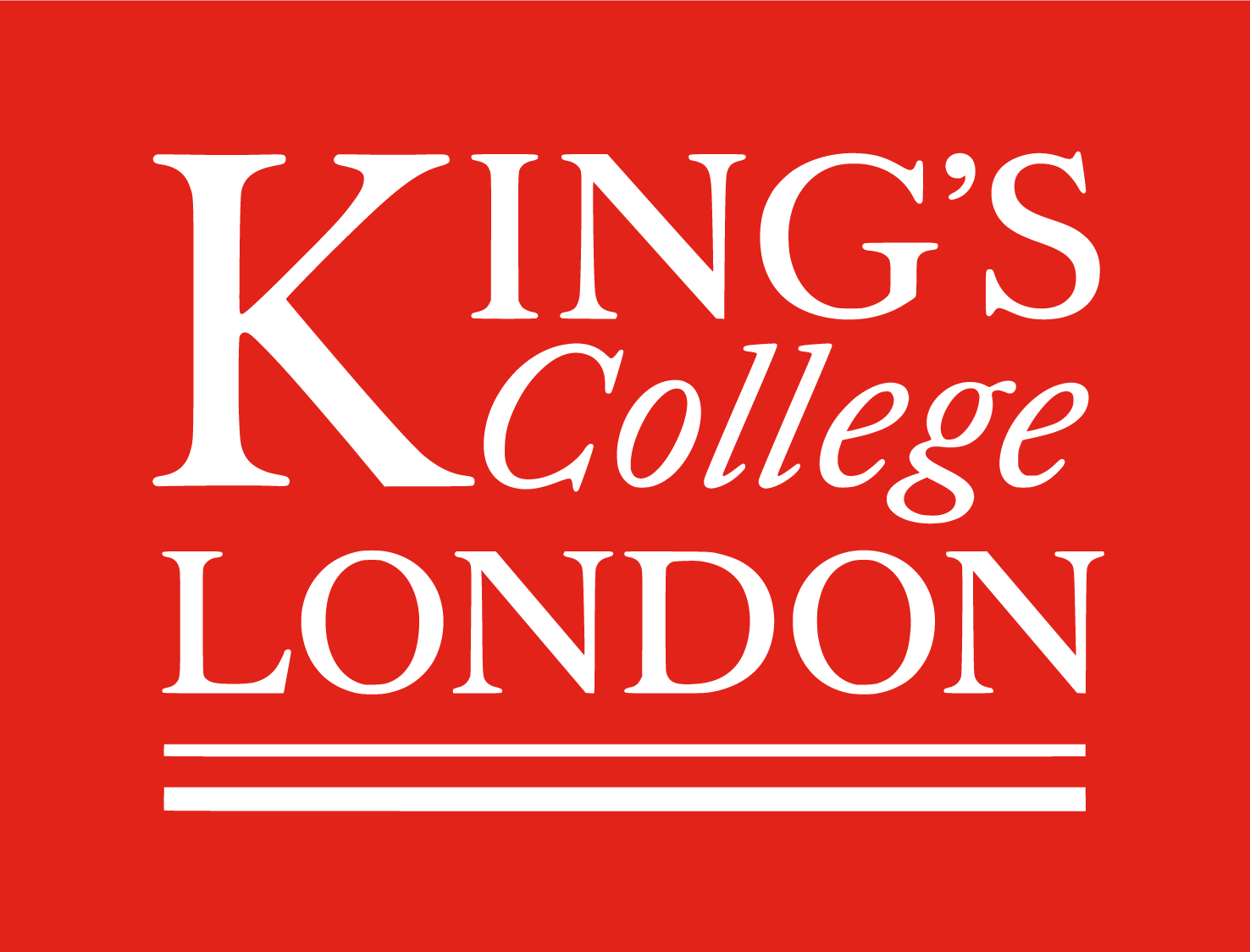By Theo Keeping and Olivia Haas
On Friday 15th July 2022, the UK Met Office issued its first ever Red Warning for exceptional heat. Over the following two days, temperatures across the UK broke records, reaching 40.3°C in England, 37.1 °C in Wales and 34.8°C in Scotland. The weather drove a sharp response in wildfire risk, with major wildfire incidents declared in London and Surrey.
- Higher daily maximum temperatures result in a sharp increase in wildfire risk – with all other factors being equal. Consequently, this results in more wildfire starts, more rapid wildfire spread, and hotter fires. All of which challenge fire services.
- The frequency with which daily temperature extremes occur will increase exponentially with shifts to the global mean temperature – resulting in serious changes to wildfire risk globally.

Image: Screen shot of Fire Weather Index taken on 19th July 2022 of from: https://effis.jrc.ec.europa.eu/apps/effis_current_situation/
Climate distribution
Extreme heat will become more common as the probability of temperature maximums fall exponentially at high values. This means small shifts to the average temperature can have a huge impact on how often we might see extreme highs – such as 40°C in the UK.

Fig 1: As the mean is shifted, high temperature values increase exponentially in frequency. (©Theo Keeping)
Wildfire response to heat
For a wildfire to spread, there must be dry and sufficient fuel. Higher temperatures cause more rapid and complete drying of vegetation. Dry vegetation ignites more easily and fire spreads more rapidly through it, meaning a small blaze can quickly get out of hand. In addition, the heat of wildfires is also increased with drier fuel, making it harder for fire services to manage the blaze.

Fig 2: Example of the expected temperature for different probabilities of a fire starting using fire occurrence and weather data from the United States. (FPAFOD, PRISM) (©Theo Keeping)
Management
Many regions for which wildfire has not been a serious historic risk will be forced to confront a regime in which fires are much more frequent and severe. We will need to employ strategies such as managing fuel loads by clearing vegetation understories, allowing natural regrowth and ensuring easy access routes. This will not only help reduce the speed and intensity of future wildfires. Furthermore, it will provide quicker access for fire services, which is essential for stopping fire spread.
Theo Keeping (University of Reading) and Olivia Haas (Imperial College London) are PhD students of Leverhulme Wildfires and LEMONTREE. Read more about their projects on nowcasting the risk of wildfires, and on CO2 impacts fire regimes and their consequences for biodiversity.






